Keynote speakers
|
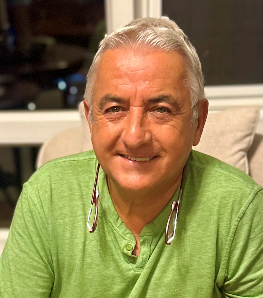
|
Prof. Levent Sevgi
He is a Fellow of the IEEE (since 2009) and the recipient of IEEE APS Chen-To Tai Distinguished Educator Award (2021). He was with Istanbul Technical University (1991–1998), TUBITAK-MRC, Information Technologies Research Institute (1999–2000), Weber Research Institute / NY Polytechnic University (1988–1990), Scientific Research Group of Raytheon Systems Canada (1998 – 1999), Center for Defense Studies, ITUV-SAM (1993 –1998 and 2000–2002) and with University of Massachusetts, Lowell (UML) MA/USA as a full-time faculty (2012 – 2013), DOGUS University (2001-2014), Istanbul OKAN (2014 - 2021), and ATLAS (2022-2024) Universities.
He served four years (2020-2023) as an IEEE AP-S Distinguished Lecturer. Since Jan 2024 he has been the chair of the IEEE AP-S DL Committee. He served one-term in the IEEE AP-S AdCom (2013-2015) and one-term and as a member of IEEE AP-S Field Award Committee (2018-2019). He had been the writer/editor of the “Testing ourselves” Column in the IEEE AP Magazine (2007-2021), a member of the IEEE AP-S Education Committee (2006-2021), He also served in several editorial boards (EB) of other prestigious journals / magazines, such as the IEEE AP Magazine (2007-2021), Wiley’s International Journal of RFMiCAE (2002-2018), and the IEEE Access (2017-2019 and 2020 - 2022). He is the founding chair of the EMC TURKIYE International Conferences (www.emcturkiye.org).
He has been involved with complex electromagnetic problems for nearly four decades. His research study has focused on electromagnetic radiation, propagation, scattering and diffraction; RCS prediction and reduction; EMC/EMI modelling, simulation, tests and measurements; multi-sensor integrated wide area surveillance systems; surface wave HF radars; analytical and numerical methods in electromagnetics; FDTD, TLM, FEM, SSPE, and MoM techniques and their applications; bio-electromagnetics. He is also interested in novel approaches in engineering education, teaching electromagnetics via virtual tools. He also teaches popular science lectures such as Science, Technology and Society.
He has published many books / book chapters in English and Turkish, over 180 journal/magazine papers / tutorials and attended more than 100 international conferences / symposiums. His three books Complex Electromagnetic Problems and Numerical Simulation Approaches, Electromagnetic Modeling and Simulation and Radiowave Propagation and Parabolic Equation Modeling were published by the IEEE Press - WILEY in 2003, 2014, and 2017, respectively. His fourth and fifth books, A Practical Guide to EMC Engineering (Sep 2017) and Diffraction Modeling and Simulation with MATLAB (Feb 2021) were published by ARTECH HOUSE.
His h-index is 38, with a record of 5200+ citations (source: Google Scholar, Feb 2025).
|
|
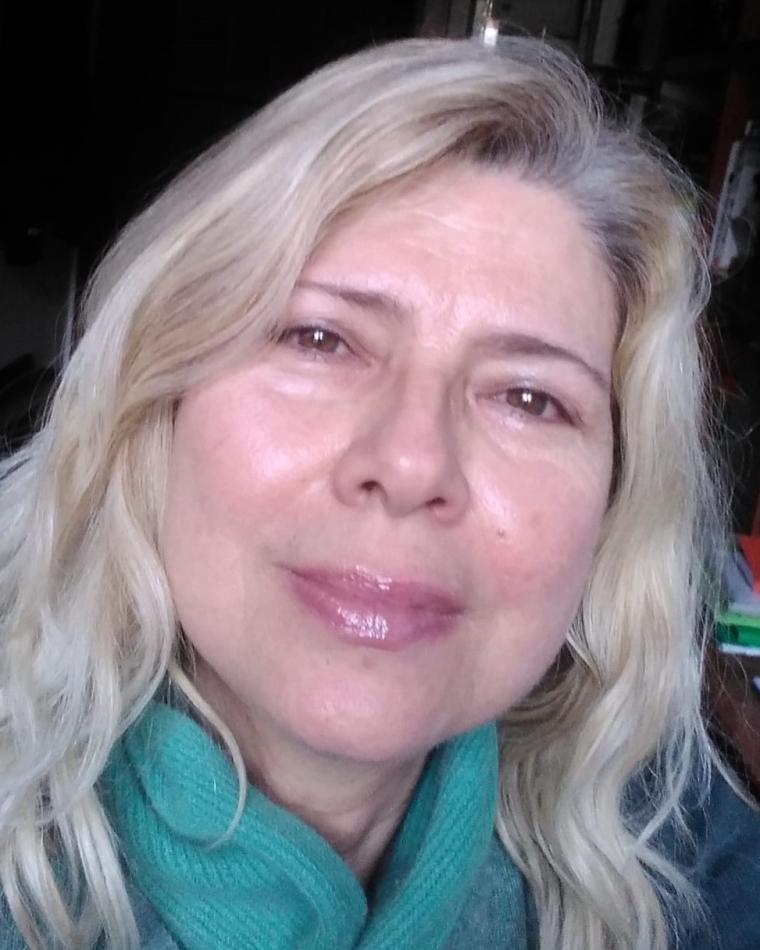
|
Prof. Marina Ruggieri
Full Professor of Telecommunications Engineering at the University of Roma “Tor Vergata” and therein co-founder and Chief Strategic Innovation Officer (CSIO) of CTIF, a cross-disciplinary center for innovative communications infrastructures and applications. She is P.I. of the 40/50 GHz communications experiment of the TDP#5 “Aldo Paraboni” payload on-board the ESA Alphasat satellite, launched in 2013.
Her major focus on research is presently on Glue Technologies for Space Systems and Space Sustainability. She has been IEEE Vice President, Technical Activities (2017), Director, Division IX (2014-2015). She is Member, IEEE Computer Society Technology Predictions Committee (2022-present). She has been appointed as Editorial Board Member of the Proceedings of the IEEE for the 2025-2027 term.
She was awarded the 1990 Piero Fanti International Prize; the 2009 Pisa Woman Award; the 2013 Excellent Women in Roma Award. She received Excellent and Best Paper Awards and the 2011 AESS Service Award. She has been IEEE Technical Expert recognized as “Impact Creator” in the area of Information and Communications Technology. She has been inducted as a Professional into the Honor Society of IEEE Eta Kappa Nu (HKN). She is author or coauthor of 360 papers, 1 patent and 13 books.
|
|
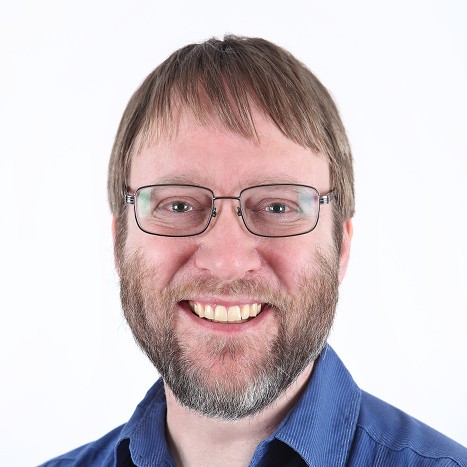
|
Prof. Warren du Plessis
He is a Professor at the University of Pretoria where he established and leads a research group focusing on electronic warfare (EW) and related topics. While starting his career in 2001 as a lecturer, he worked in industry for almost a decade from 2003 to 2012 before realising that his calling lay in developing young people and research, leading him to return to academia in 2013. Warren has always had extremely broad interests, and his career reflects this. On the academic side, his undergraduate project entailed the development of multiply-accumulate (MAC) structures on field-programmable gate arrays (FPGAs) in 1998, he developed a genetic algorithm to design microwave impedance-matching networks for his Master’s degree in 2003, and his 2010 PhD considered cross-eye jamming. His time in industry was similarly diverse, including communication protocol design and implementation, microwave test and evaluation, radar system requirements analysis and design, mentorship, marketing, field support, and even management. This broad range of interests led to him being drawn to EW – a field that inherently requires a broad range of expertise. Warren started working in EW in around 2008 when a colleague suggested that he take a "quick look" at cross-eye jamming – work that continues unabated to the present day. While cross-eye jamming has been known at least since two patents were filed in 1958, Warren’s analysis led to a number of new conclusions that were supported by his experimental work, and most recently, he has proposed a new approach to cross-eye jamming. As may be expected, his research interests are broader than this single topic, and he and his students have explored topics including specific emitter identification (SEI), EW mission planning, facility location, time-interleaved jamming, infrared (IR) missile jamming, cross-polarisation jamming, the relationship between EW and cyber warfare, compressive sensing antenna arrays, and education. Warren has authored 38 and 38 published and accepted peer-reviewed journal and conference papers, respectively, and is currently an Associate Editor (Electronic Warfare Systems) for the Institute of Electrical and Electronics Engineers (IEEE) Transactions on Aerospace and Electronic Systems. Of his 76 peer-reviewed papers, he is the sole author of 29 (38%), lead author of 9 (12%), and co-author of 26 (34%) demonstrating his active involvement in research. Eighteen of his journal papers (47%) are in IEEE Transactions journals, which are normally the top journals in their fields, with a further 9 (24%) being in other IEEE and Institution of Engineering and Technology (IET) journals. He has also given more than 60 other presentations to a variety of audiences from schoolchildren to engineers, and was appointed an IEEE Aerospace and Electronic Systems Society (AESS) Distinguished Lecturer from 2025 to 2026. He is probably best known in the EW community for the 14 well-received webinars he has presented as part of the Association of Old Crows (AOC) Virtual Series. Warren has supervised one postdoctoral fellow, three Ph.D. students, seventeen Master’s students, and 106 final-year Project students. Three of his Master’s students (18%) had their studies upgraded to Ph.D. level, with a further nine (53%) obtaining distinctions. Of his final-year Project students, 34 (32%) obtained distinctions, and a total of 84 (79%) passed – well above the course averages. Warren is a registered Professional Engineer (Pr. Eng.), a Senior Member of the IEEE, a Lifetime Member of the AOC, and is a Member of the IET. He is the recipient of numerous awards including the prestigious Vice-chancellor and Principal’s Medal, awards for technical contributions in industry, and educational awards.
|
|
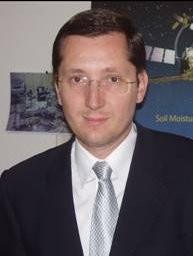
|
Prof. Adriano Camps
He joined the Electromagnetics and Photonics Eng. Group, Dept. of Signal Theory and Communications, UPC, as an Assistant Professor in 1993, Associate Professor in 1997, and Full Professor since 2007. In 1999, he was on sabbatical leave at the Microwave Remote Sensing Lab., of the Univ. of Massachusetts, Amherst. Since September 2022 he is a visiting professor at the UAE University, Al Ain, Abu Dhabi, UAE. His research interests are focused in: 1) microwave remote sensing, with special emphasis in microwave radiometry by aperture synthesis (PhD Thesis was about the MIRAS instrument which became the single payload of ESA’s SMOS mission), 2) remote sensing using signals of opportunity (GNSS-R), 3) radio frequency interference detection and mitigation, and 4) nanosatellites as a tool to test innovative remote sensors. His publication record includes over 251 papers in peer-reviewed journals, 9 book chapters and the book Emery and Camps, “Introduction to Satellite Remote Sensing. Atmosphere, Ocean, Land and Cryosphere Applications,” Elsevier, 2017, 860 pages), and more than 515 conference presentations. According to Google Scholar/Scopus his h-index is 58 / 46, and his publications have received more than 13611 /9415 citations. According to the 2020 Stanford ranking, he is ranked in the top 1% of all researchers in all categories (https://elsevier.digitalcommonsdata.com/datasets/btchxktzyw/3/files/b3e31af2-054c-4b3a-b9c5-6fd9bf10557a).
He holds 12 patents, and has advised 29 Ph. D. Thesis students (+ 9 on-going), and more than 150 final project and M.Eng. Theses. These PhD students have now responsibility positions at Universities, companies and research centers. It is worth mentioning that 4 are at NASA/JPL, 1 at U. Michigan, and 2 have started their own companies (BALAMIS and MITICS) with A. Camps’ participation. A total of 5 patents have been transferred to them.
He was the Scientific Coordinator of the CommSensLab Research Center (María de Maeztu Excellence Research unit 2016-2020) at the Dept of Signal Theory and Communications. Within CommSensLab, he co-leads the Remote Sensing Lab (https://prs.upc.edu/), and leads the UPC NanoSat Lab (https://nanosatlab.upc.edu/en). He is the PI of the first four UPC nano-satellites: 1) 3Cat-1: 1U CubeSat with 7 tech demos, 2) 3Cat-2, a 6U CubeSat an innovative dual-frequency dual-polarization GNSS-R payload, 3) 3Cat-4, a 1U Cubesat with a SDR implementing a microwave radiometer, a GNSS-Reflectomer, and AIS receiver, and 4) FSSCAT, a tandem mission formed by two 6U CubeSats. FFSCAT is the first mission contributing to the Copernicus System based on CubeSats and it has produced for the first time using CubeSats scientific quality soil moisture, sea ice extent, concentration and thickness, and sea salinity maps in the Arctic.
He has participated in all Technical Committee Programs of the International Geoscience and Remote Sensing Symposium (IGARSS) since 2000, was Chair of uCal 2001, Technical Program Committee Co-chair of IGARSS 2007, co-chair of GNSS-R ’10, general co-chair of IGARSS 2020, the 6th Fractionated and Federated Satellite Systems Workshop, and was a member of the organizing committee of the ESA 4th Symposium on Space Educational Activities (SSEA).
He was Associate Editor of Radio Science, and the IEEE Geoscience and Remote Sensing Letters, and he is Associate Editor of the IEEE Transactions on Geoscience and Remote Sensing, and has been guest editor of several special issues. He was the President-Founder of the IEEE Geoscience and Remote Sensing Society (GRSS) Chapter at Spain, and 2017-2018 President of the IEEE Geoscience and Remote Sensing Society.
He has received several awards for his contributions to:
-
- Research: 1) 2nd National Award of University Studies (1993); 2) INDRA award of the COIT to the best PhD in Remote Sensing (1997); 3) UPC extraordinary Ph.D. Award (1999); 4) Research Distinction of the Generalitat de Catalunya (2002); 5) the European Young Investigator Award (2004), 6) the ICREA Academia award (2009, 2015), and 7) the grade of Fellow of the IEEE (2011).
- Technology transfer: As a member of the Microwave Radiometry Group, he received 1) the 1st Duran Farell award (2000) and 2) the Ciutat de Barcelona award (2001) for Technology Transfer, and 3) the “Salvà i Campillo” Award of the COETC for the most innovative research project for MIRAS/SMOS activities (2004), and 5) the 7th Duran Farell award for Technological Research for the work on GNSS-R instrumentation and applications (2010), 6) he and Mr. Querol received the ESNC Award-Barcelona Challenge for the FENIX system to detect and mitigate RFI in GNSS receivers (2015), and 7) the 2017 ESA Sentinel Small Satellite Challenge and the Overall Winner of 2017 Copernicus Masters Competition.
Education: 1) Jaume Vicens Vives award 2012 (17/9/2012) from the Generalitat de Catalunya for the Project “Concepció, Disseny, Implementació i Operació de l’itinerari d’assignatures de projectes d’acord amb la iniciativa International CDIO”, and 2) UPC award to the Teaching Quality at the University 2012 from the Social Council of the Universitat Politècnica de Catalunya (collective awards together with Profs. Bragós, Alarcón, Sayrol, Oliveras, and Pegueroles), and 3) IEEE Geoscience and Remote Sensing Society – Education Award 2021
|
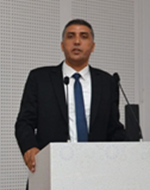 |
Dr Abbes KAILIL
He is a distinguished aerospace engineer with a PhD in aerospace engineering and former captain in the Royal Moroccan Air Force. He brings more than 15 years of experience in the aerospace industry, where he has worked on aircraft, satellites, and drones, as well as 25 years dedicated to higher education and research and development. As an expert in aerospace technologies, his expertise covers the engineering, design, production, and commissioning of advanced aircraft and drones. He is also the founder and CEO of XAR AEROSPACE and XAR AEROSYSTEMS, pioneering companies that drive innovation in the field of drone technology in Morocco.
|
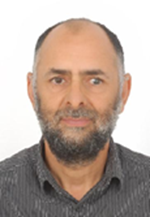 |
Pr ZOUHAIR GUENNOUN
Professor at EMI/UMVR and Director of UCRST/UMVR
Lecture Title:
The University Center for Research in Space Technologies - A Success Story
Zouhair Guennoun is a Senior Member of the IEEE and a distinguished academic in the field of Electronics and Telecommunications. He earned his engineering degree from the Montefiore Institute in Liège, Belgium, in 1987. He later obtained both his Master’s (1993) and Ph.D. (1996) in Communication Systems from the EMI School of Engineering in Rabat, Morocco.
Between 1990 and 1994, Pr. Guennoun was a visiting researcher at the Centre for Communication Research at the University of Bristol in the United Kingdom, where he contributed to cutting-edge developments in telecommunications.
Since 1996, he has served as a faculty member at EMI, where he continues to lecture and con-duct research. Until 2023, he led the Electronics and Telecommunications Research Laboratory (LEC), which has since evolved into the Smart Communications Research Team (ERSC), reflecting a broader focus on emerging technologies.
Professor Guennoun’s research interests span a wide range of topics, including digital signal processing, error control coding, speech and image processing, telecommunications systems, satellite communications, network architecture, and cybersecurity. His interdisciplinary expertise has positioned him as a key figure in advancing both academic research and practical applications in these areas.
Since 2021, Professor Guennoun has also served as the Director of the University Centre for Research in Space Technologies (CURTS), a specialized research institute affiliated with Mo-hammed V University in Rabat. In this role, he is actively involved in developing strategic initiatives to promote innovation in space and satellite technologies at both the national and international levels
|
|


